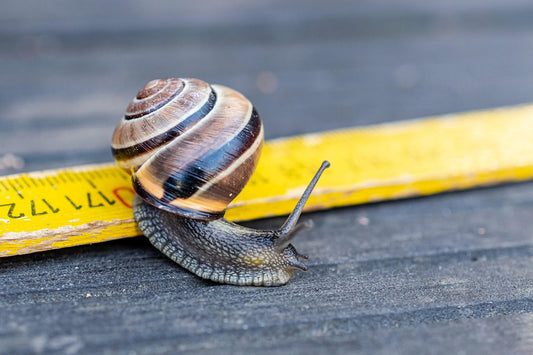Not to be on a nostalgia kick here but yesterday's post about Direct to Disc recordings got a few of you to ask me why a Direct to Disc was so much more dynamic than a standard recording and the answer is simple: one less layer and vinyl has more dynamic range than does tape.
Tape recorders have always had a myriad of problems from hiss to restricted dynamics. There is only so much range between the loudest and the softest you can capture with tape. Vinyl LP's, on the other hand, exceed the dynamics of tape and if the engineer wanted to (he probably didn't) rules could be broken that would have enough dynamics to cause damage to a phono cartridge.
Dynamic range on tape, even on the best of tapes, rarely exceeded the high 60dB range and typically was limited to the low 60dB range. Since the vast majority of vinyl LP's of the day were all mastered from tape recordings, this meant the practical limits in dynamics of the LP was the same as tape - let's call it 60dB. Not a lot when you think about the 120dB range of a good digital recording.
Vinyl, on the other hand had fewer restrictions: dynamics exceeding 70dB could be achieved on a Direct to Disc recording and often times when a musician got carried away on a pluck of the bass or the bang of a drum, even wilder ranges could be experienced since most Direct to Disc recorders didn't employ limiters. I remember one such track that was only playable on a few phono cartridges - so dynamic the kick drum that it nearly kicked the needle out of the track.
If you're into vinyl and can find one of these rare treasures, grab one. It'll be an eye opener.








